
2 Ways To Improve Self-Awareness
Have you ever heard the phrase “where the attention goes, energy flows“? This is crucial if we want to apply Saucha (Purity), in our minds.And
We’re Turning 5 – Celebrate With an EXTRA 15% OFF!
✨ Use code: PPB5YEARS at checkout
⏳ Offer ends Sunday at midnight – no extensions
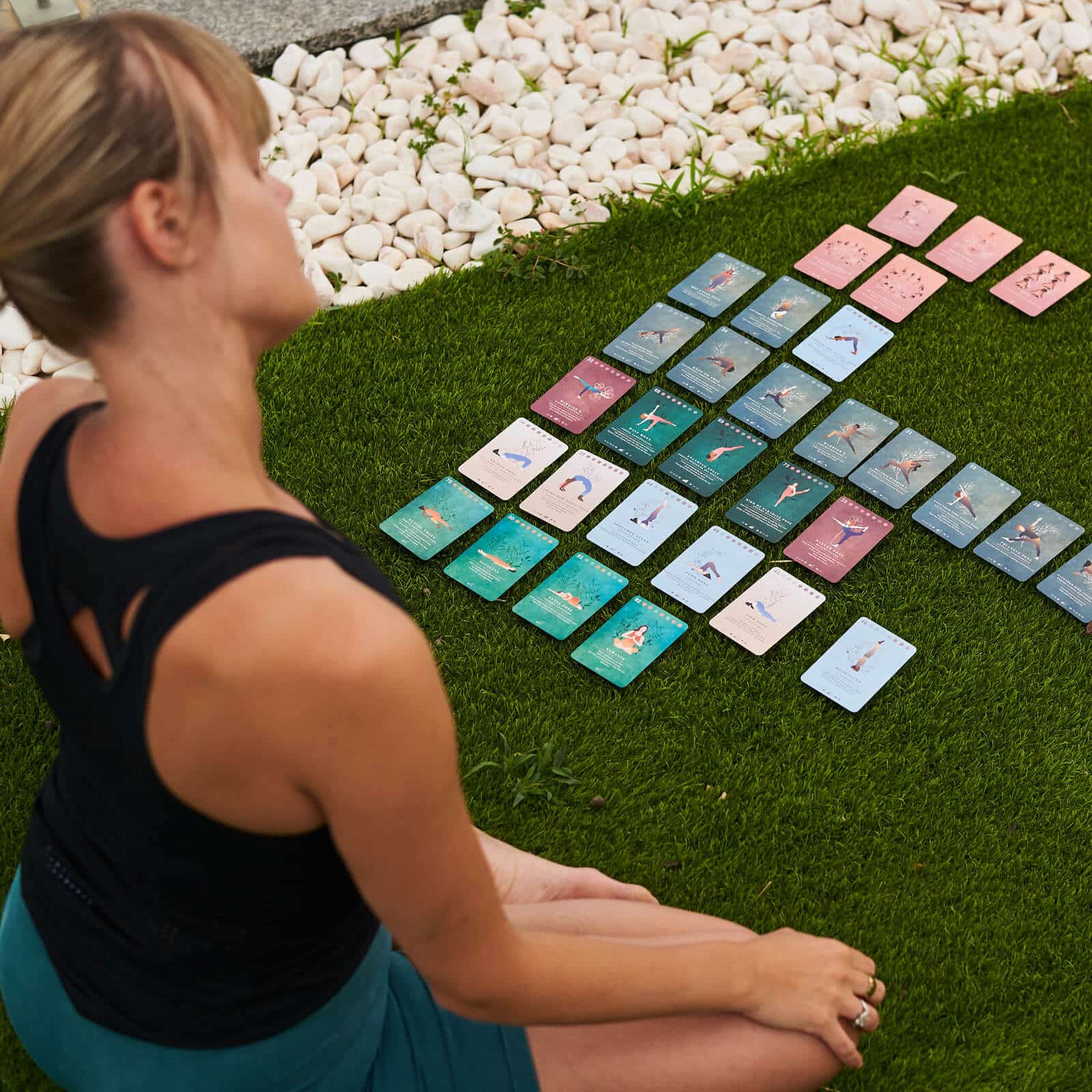
Studio yoga classes are fab, but getting to class can be challenging if you lead a busy lifestyle or live far from your nearest studio. What’s more, attending classes every day can quickly become costly.
So what do you do if you want to build a daily yoga home practice without spending too much money or time?
Practicing yoga at home allows you to fit yoga into your unique schedule, choosing the time and duration of your practice. However, you may feel that you do not have enough knowledge or experience to practice yoga at home. The truth is, anyone can create a self-practice, even complete beginners; here’s how.
Suppose you’re looking to create a short and sweet at-home daily practice in addition to studio classes. In that case, you can create a 10-minute sequence that features just a few basic postures. To determine which postures to learn, think about the time of day you will likely do your self-practice.
If you want to do a short practice in the morning before going to work, you can learn the sun salutation sequence. There are three types of sun salutations, the Hatha variation and the Ashtanga A and B styles. If you’re brand new to yoga, I’d suggest starting with the Hatha or Ashtanga A sun salutation.
Almost every yoga class features sun salutations, so they will likely already be familiar to you. However, you can find tutorials for sun salutations A and B on the PlayPauseBe Youtube channel. You can find the sequence in the PlayPauseBe yoga deck too (read on to learn more about this!).
If you want a short evening yoga practice, you’ll benefit from learning some relaxing seated or reclined positions instead. Seated forward fold, pigeon pose, bound angle pose, reclined twist, and legs up the wall are some excellent examples.
If you want to do longer yoga practices at home, a great option is to follow Youtube videos. On the PlayPauseBe Youtube channel, you’ll find an entire playlist of short and basic yoga flows. Elsewhere, you can find a diverse range of pre-recorded yoga sessions, ranging from 10 to 90 minutes, and from a wide range of teachers.
Because each teacher has their own style, we recommend trying classes from a handful of different teachers to find the one that is most suited to you. Just make sure that the videos you follow are suitable for beginners.
Moreover, we recommend using Youtube videos as a complement to your practice but they should not be something you rely on. To gain the full benefits of yoga and cultivate mindfulness, it’s essential to disconnect from devices sometimes and practice in other ways.
In the next section, we’ll show you how.
A yoga deck is an ideal tool for disconnecting with tech during your self-practice. A yoga deck is a pack of illustrated cards featuring the most popular asanas. Using one allows you to create your own sequences in the comfort of your own home.
The PlayPauseBe yoga deck consists of 82 cards split into 9 categories. Each category is for a specific type of asana, like standing postures, balances, or backbends. They are color-coded, so you can easily spot them. This makes it super easy to build complete and well-balanced flows, including all the critical components of a yoga class.
Moreover, the PlayPauseBe yoga deck features alignment cues underneath the image, along with indications of the asana’s difficulty and benefits. Plus, the unique sequencing reference system will allow you to see which poses you should do to warm up for that asana and any beneficial cool-down postures to do after.
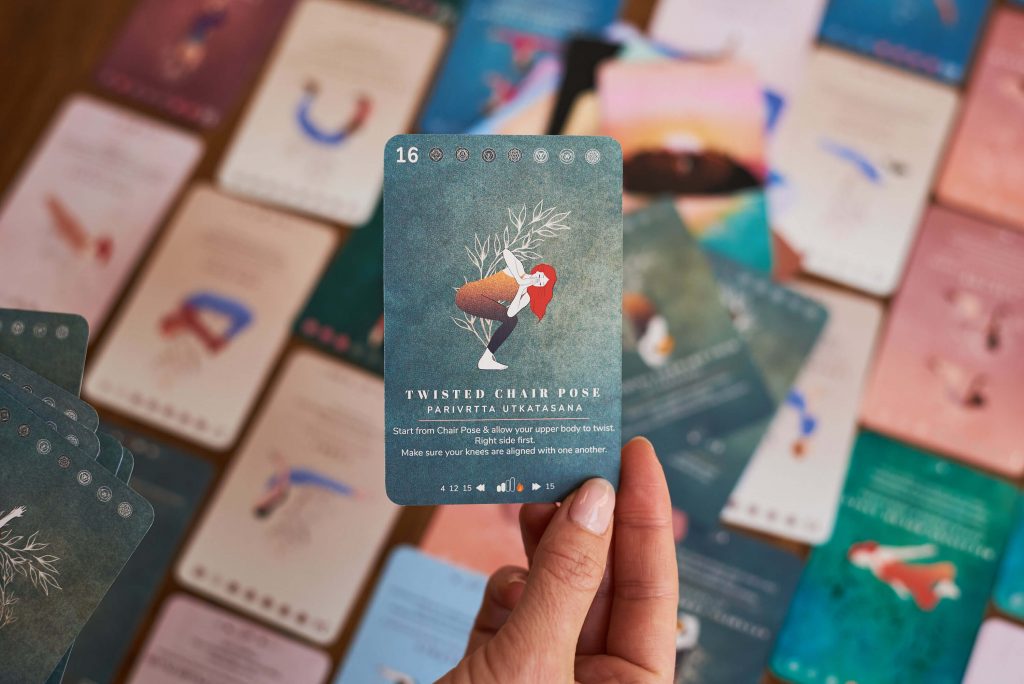
Youtube videos are a convenient and zero-cost way to practice yoga at home, but what you can learn from them is limited. If you’re new to yoga, you may struggle to learn the correct alignment and understand the sequencing of a yoga class.
A more in-depth and structured way to learn yoga at home is to do an online yoga course for beginners. Yoga courses break down the poses in a workshop style, explaining each asana’s alignment, benefits, and contraindications more thoroughly.
Online yoga courses usually consist of several modules that focus on one particular aspect of yoga practice. For example, the PlayPauseYoga online course has 12 modules containing over 100 lessons.
The first module explains the goal of yoga, the importance of the breath in yoga practice, and how to use props. The following sections go in-depth into each category of asanas, including warm-up, standing, seated, and slow-down postures. There are also modules focused on backbends, inversions, and arm balances.
Because the comprehensive course starts at the very beginning, it is perfect for beginners.
Plus, the on-demand format allows you to learn at your own pace and repeat lessons as often as needed.
Regardless of how you practice yoga at home, be sure to take care of your body. If you’re new to yoga, start by practicing the most gentle asanas and slowly add in some more challenging poses as your body grows stronger and more flexible.
If you are following an online video, don’t feel the need to try every pose the teacher instructs. Moreover, if you start to come into a posture and feel pain, back away. While it’s OK to feel some muscle tension, intense stabbing or shooting pain is usually a sign that you have gone too far into the posture.
Aside from noticing bodily sensations, your breath is your guide during yoga practice, which is why a connection to the breath is vital. For example, if your breathing becomes rapid when attempting a posture, this could be a sign that you are pushing your body too far.
For this reason, if you have no previous yoga experience, we highly suggest doing an online course like PlayPauseYoga before practicing independently. An online course will help you gain more awareness of your body and learn how you should and should not feel in the postures.
Finally, yoga is much more than the physical shapes we make with our bodies. So if you want to experience the full benefits of yoga, add some breathing techniques (known as pranayama) and meditation to the beginning or end of your practice.
There are various pranayama breathing techniques. Some are energizing and ideal to do at the beginning of your yoga practice or in the morning. In contrast, others are more calming and, thus, more suited to evening practices.
Again, the best way to learn the different yogic breathing techniques is by enrolling in an online course like PlayPauseBreathe. This course features the 5 most common pranayamas and other yogic cleansing techniques. These practices will help you balance your energies, reduce stress, and boost mindfulness in just a few minutes.
Whether you want to create a complete at-home self-practice or fit in some quick practices in between studio classes, now you can. From videos to courses to revolutionary yoga decks, there are plenty of ways to practice yoga at home in a safe and fun way.
To help you get started, we’re currently offering the first 2 modules of our PlayPauseYoga online course for free. Explore our full range of courses at the PlayPauseBe Academy.
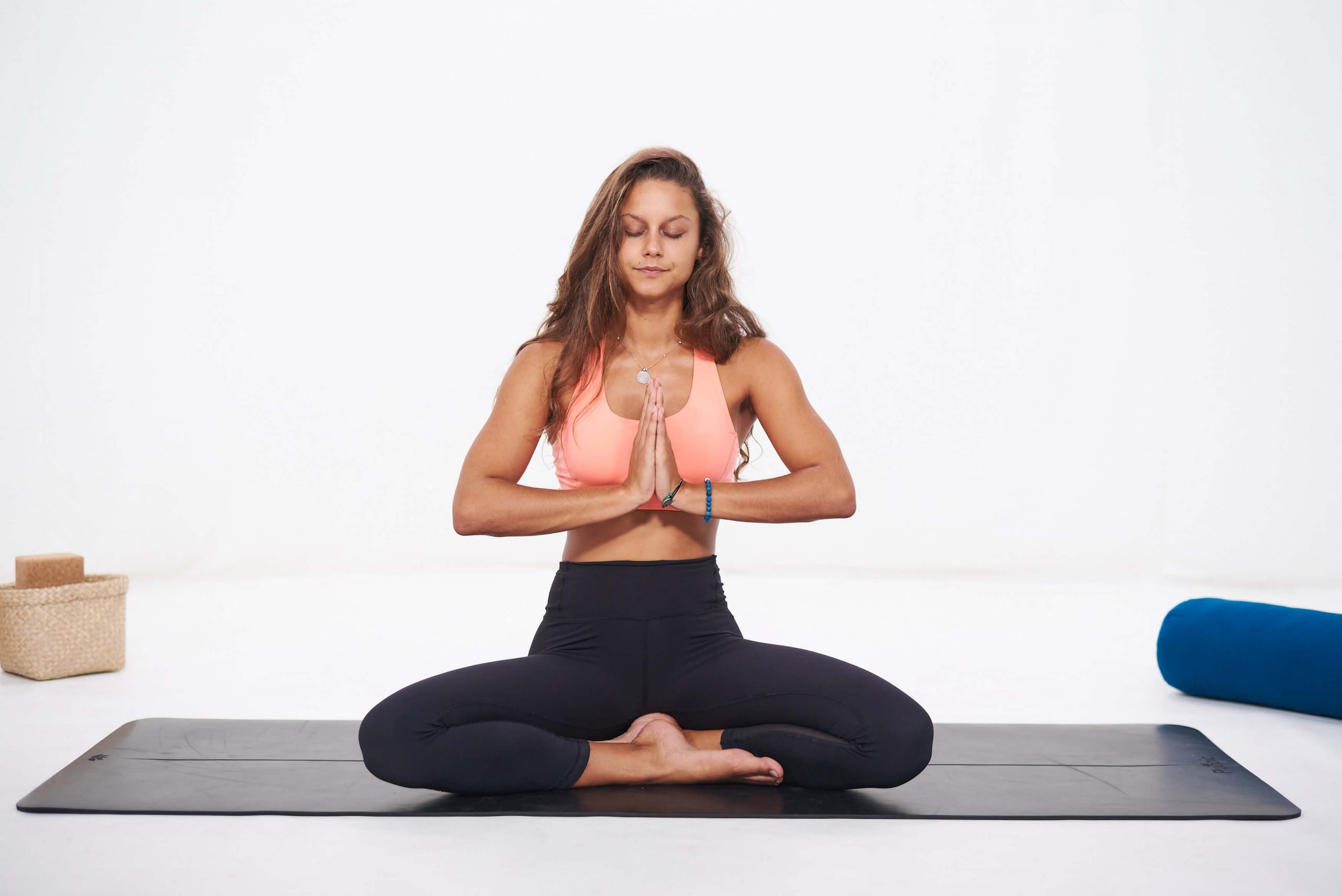

Have you ever heard the phrase “where the attention goes, energy flows“? This is crucial if we want to apply Saucha (Purity), in our minds.And
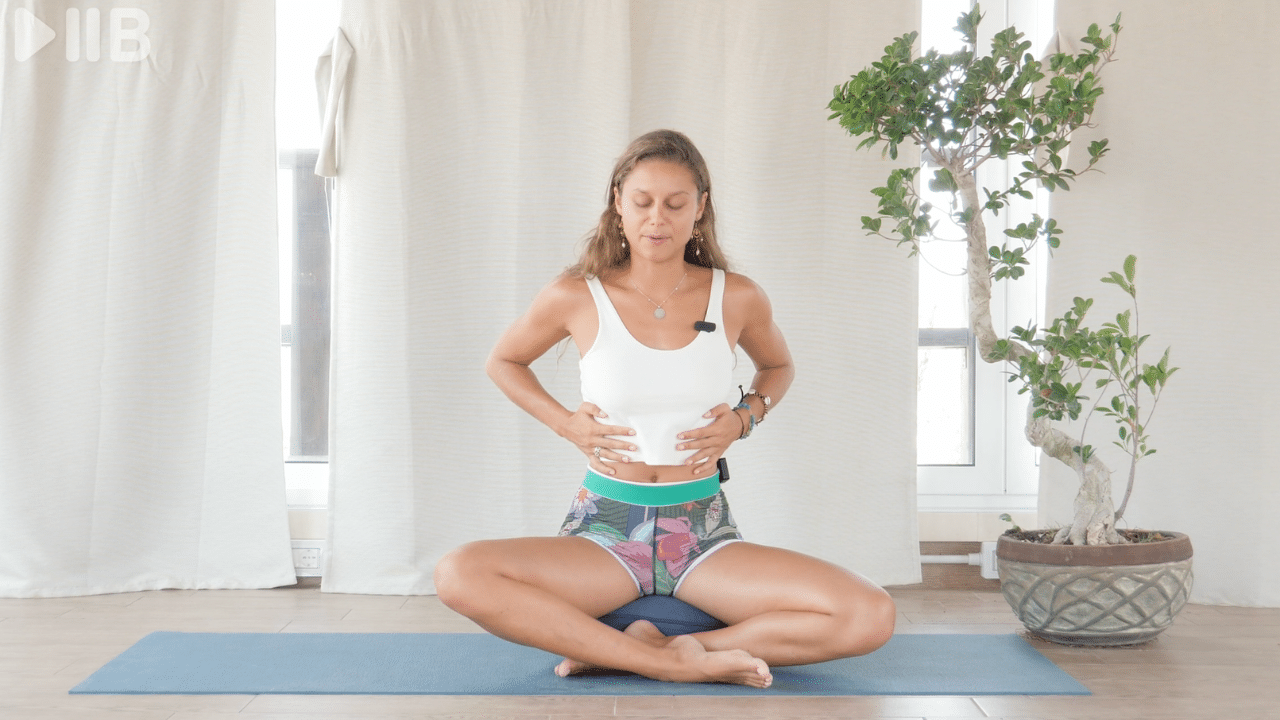
You don’t have to go to many yoga classes or watch many online tutorials to know that breathing is a vital part of yoga practice.
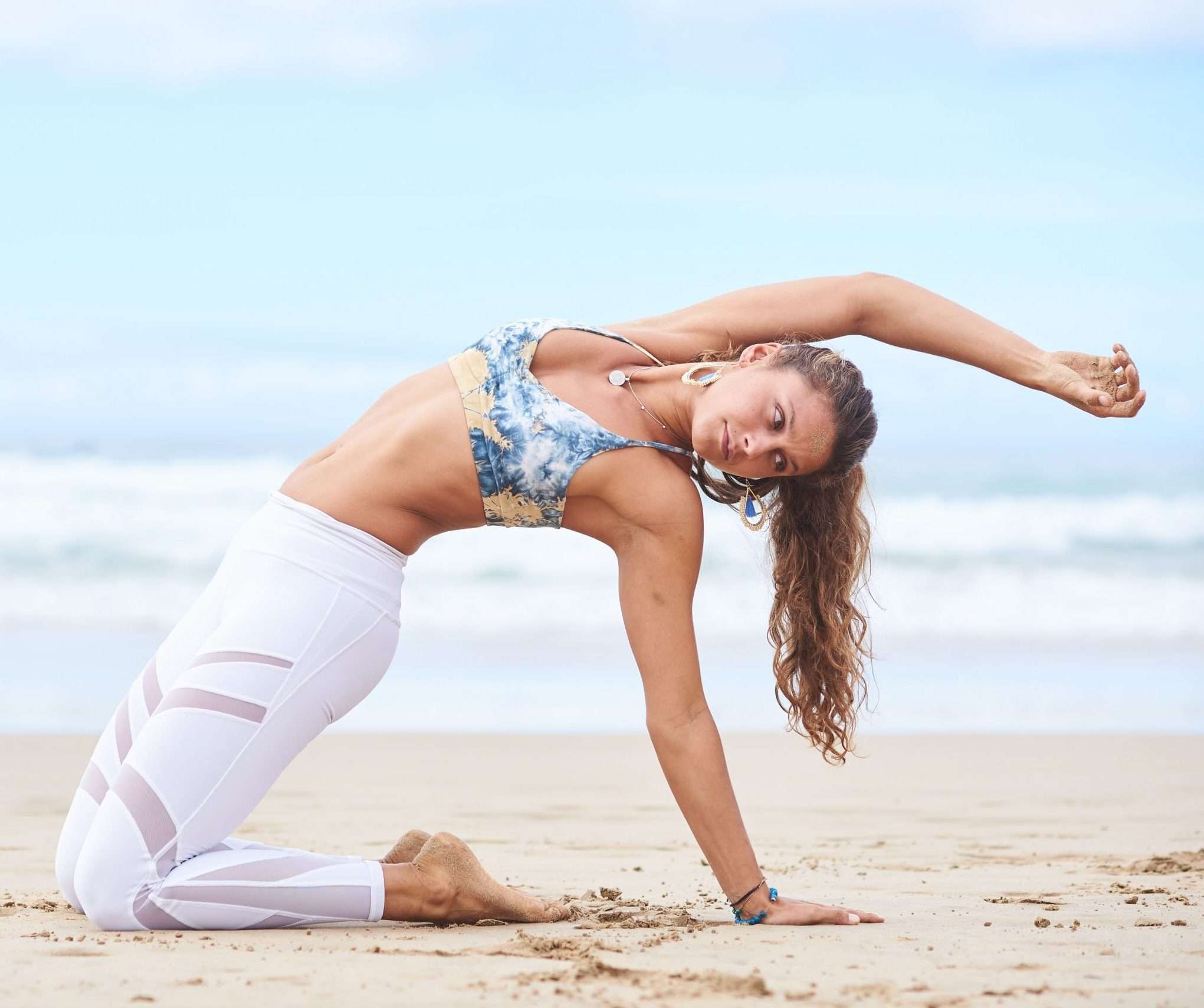
Lung health is not only crucial for smokers and people with existing respiratory problems. Our lungs provide vital oxygen to all our body’s organs and,

Celebrate With an EXTRA 15% Off
Enjoy an extra 15% OFF everything – decks, bundles, and courses.
✨Use code: PPB5YEARS at checkout
Offer ends Sunday at midnight – no extensions!